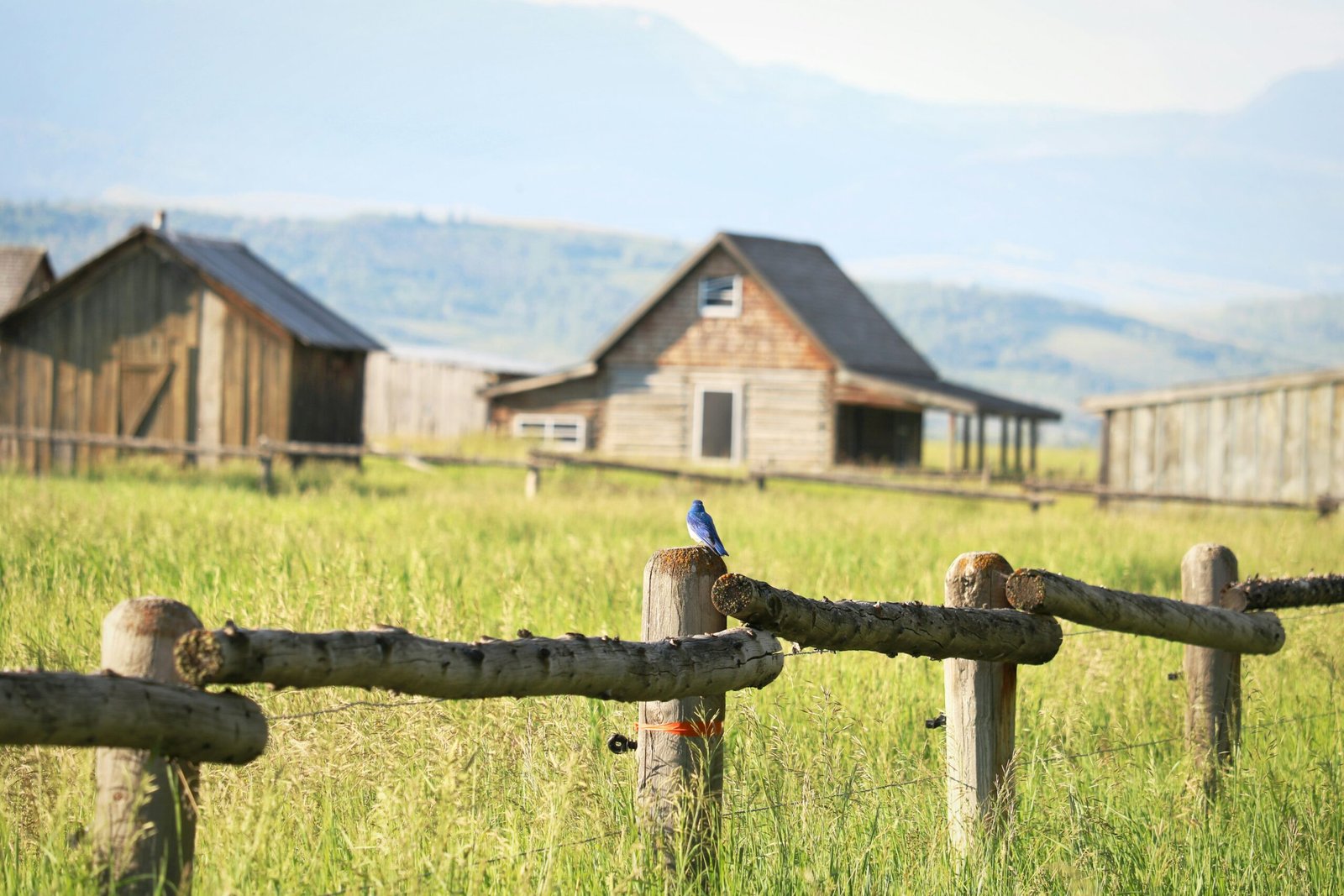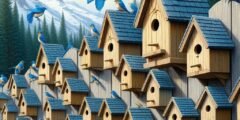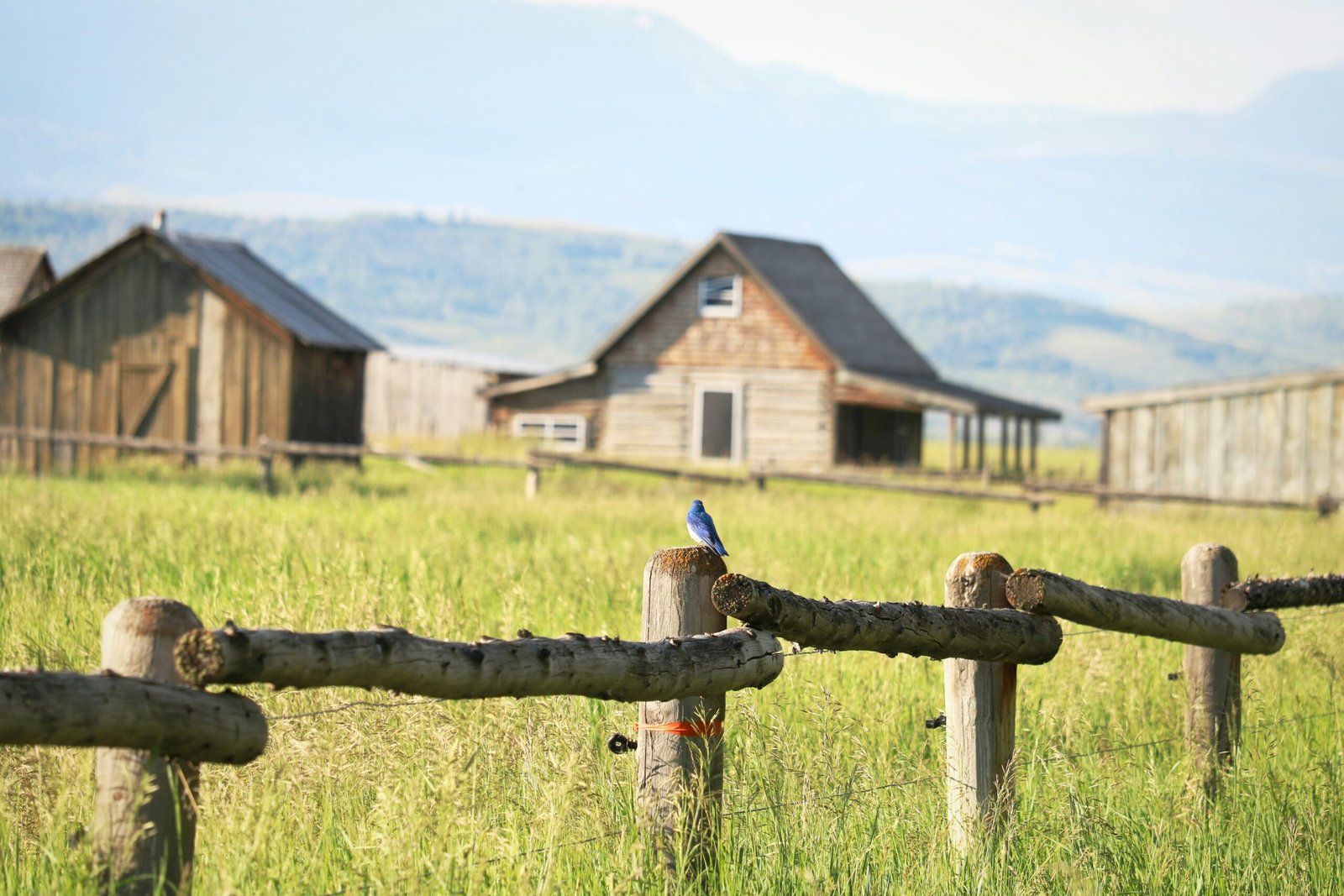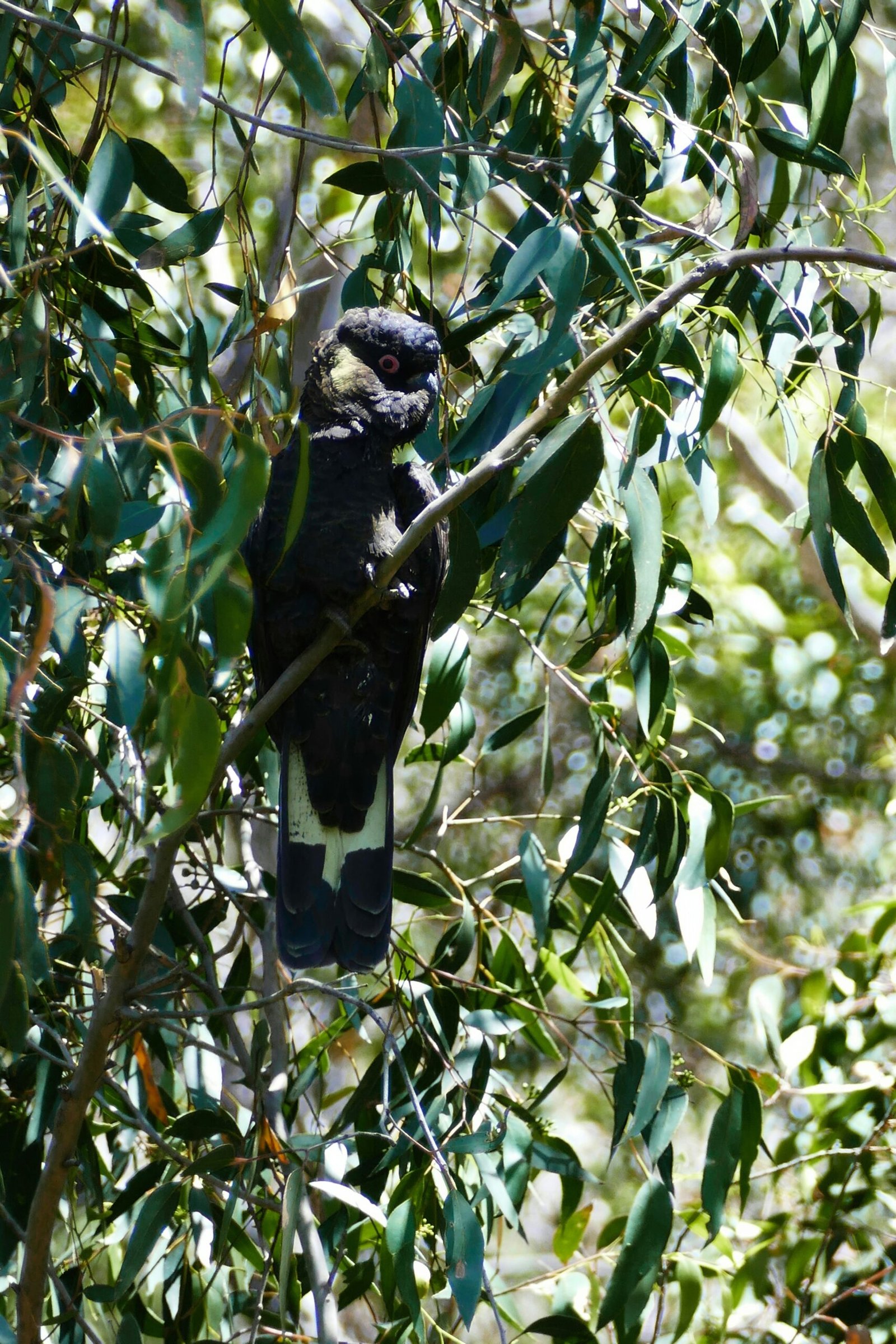Choosing the right roof design for a bluebird house is crucial for ensuring the safety and comfort of its inhabitants. Bluebirds, like many other avian species, require a habitat that can withstand various weather conditions, offering them a secure and dry nesting environment. The primary factors to consider when selecting a roof design include weather protection, ventilation, and ease of maintenance. A well-designed roof is essential in shedding rain and snow efficiently, preventing moisture buildup and potential damage to the nesting area.
Weather protection is of paramount importance. A roof that can effectively shed rain and snow will keep the interior of the bluebird house dry, which is vital for the health and well-being of the birds. Excess moisture can lead to mold and mildew, which can be harmful to both the birds and their eggs. Additionally, accumulated snow and ice can pose a structural risk, potentially leading to roof collapse or other damage.
Ventilation is another critical aspect to consider. Proper airflow within the bluebird house is necessary to regulate temperature and humidity levels. Without adequate ventilation, the interior can become too hot in the summer or too damp in the winter, creating an inhospitable environment for the bluebirds. A roof design that incorporates ventilation features, such as small vents or gaps, can help maintain a balanced internal climate.
Ease of maintenance is also a key factor. A roof that is easy to clean and inspect will ensure that the bluebird house remains in good condition over time. Regular maintenance can help identify and address potential issues before they become major problems, ensuring the longevity of the bluebird house.
In summary, selecting a roof design that effectively sheds rain and snow while providing adequate ventilation and ease of maintenance is essential for creating a safe and comfortable habitat for bluebirds. By considering these factors, you can help ensure that your bluebird house remains a welcoming sanctuary for these charming birds throughout the year.
Is a Slanted Roof or a Flat Roof Better for Ventilation in a Bluebird House?
When designing a bluebird house, the choice between a slanted roof and a flat roof plays a critical role in ensuring proper ventilation and water runoff. Both options come with their own set of advantages and disadvantages, and understanding these can help in making an informed decision.
A slanted roof is commonly favored for bluebird houses due to its superior ability to shed rain and snow, thereby preventing water accumulation. This design naturally promotes better air circulation, which is crucial for maintaining a healthy environment inside the birdhouse. The angle of a slanted roof allows warm air to rise and escape through vents placed strategically at the top, while cooler air can enter from below. This continuous airflow helps in regulating temperature and reducing humidity, which is essential for the well-being of bluebirds.
Conversely, a flat roof might present several challenges. Water runoff is less efficient on a flat surface, leading to potential leaks or waterlogging. This can cause dampness inside the bluebird house, creating a breeding ground for mold and bacteria. Furthermore, the lack of natural air circulation in a flat roof design can result in poor ventilation, increasing the risk of heat buildup during warmer months.
Expert opinions and practical experiences shared in various forums and by ornithologists strongly advocate for the slanted roof design. Key insights include:
- Enhanced water runoff preventing leaks and water damage
- Improved air circulation aiding in temperature regulation
- Reduction in humidity levels, minimizing mold and bacteria growth
- Increased longevity of the birdhouse due to effective weather resistance
In summary, while both slanted and flat roofs have their merits, the slanted roof design emerges as the superior option for bluebird houses. It not only ensures better ventilation and water drainage but also aligns with expert recommendations, thereby providing an optimal living environment for bluebirds.
Does the Roof Overhang Need to Be the Same Size on All Sides of the Bluebird House?
The design of a bluebird house roof plays a crucial role in protecting its inhabitants from adverse weather conditions, such as rain and snow. One critical aspect to consider is the roof overhang. The overhang is essential for shielding the entrance and the interior from moisture, thus ensuring the bluebird house remains a dry and safe haven for bluebirds. However, the question arises whether the roof overhang needs to be uniform on all sides.
Firstly, the front overhang is particularly important as it directly shields the entrance hole from rain. An extended front overhang can prevent water from dripping into the entrance, which is vital for the comfort and safety of the birds. Typically, a front overhang of about 2-3 inches is recommended to provide adequate protection. This ensures that rainwater is directed away from the entrance and does not seep into the interior.
On the other hand, the side and rear overhangs can be slightly shorter. While it is still beneficial to have some overhang on these sides to prevent rain from reaching the walls and potentially entering through any small gaps, the requirement is not as stringent. A side and rear overhang of around 1-1.5 inches is usually sufficient. This variation in overhang size helps maintain the structural balance of the roof while still providing necessary protection.
When measuring and cutting the overhang, it is advisable to use a measuring tape to ensure precise dimensions. Mark the desired overhang length on the roof material before cutting to avoid errors. Additionally, using templates can simplify the process and ensure consistency. For detailed guides and templates on building overhangs, you can refer to resources such as the North American Bluebird Society’s website or various woodworking forums that provide step-by-step instructions.
In conclusion, while the roof overhang of a bluebird house is essential for protection against rain and snow, it does not need to be uniform on all sides. Prioritizing a longer front overhang and slightly shorter side and rear overhangs can effectively shield the entrance and interior, ensuring the bluebird house remains a safe and dry environment.
Should I Add a Predator Guard Around the Entrance Hole to Protect Bluebirds from Snakes?
Adding a predator guard around the entrance hole of a bluebird house is essential for safeguarding these delicate birds from various threats, particularly snakes. Predator guards are designed to deter unwanted intruders from reaching the nest, ensuring the safety of both adult bluebirds and their offspring. These guards come in several forms, each with its unique advantages and potential drawbacks.
The most common types of predator guards include stovepipe baffles, cone-shaped baffles, and entrance hole guards. Stovepipe baffles, also known as kingbird or Noel guards, are cylindrical barriers that prevent climbing predators, including snakes, from reaching the nest box. Cone-shaped baffles serve a similar purpose but are often easier to install and maintain. Entrance hole guards, typically made from metal or plastic, are attached directly around the entrance hole, making it difficult for predators to access the nest.
Each design offers distinct benefits. Stovepipe baffles are highly effective against snakes and other climbing predators, but they may require more effort to install. Cone-shaped baffles are user-friendly and versatile, fitting various pole sizes and shapes. Entrance hole guards are simple to attach and provide immediate protection, though they may not be as comprehensive as baffles in deterring all types of predators.
Potential drawbacks should also be considered. For instance, stovepipe and cone-shaped baffles may obstruct routine maintenance or cleaning of the bluebird house. Additionally, entrance hole guards might need periodic inspection to ensure they remain securely in place.
For those interested in installing predator guards, a variety of products are available online. Comprehensive guides for DIY installation can be found on reputable bird conservation websites. These resources offer step-by-step instructions and recommendations tailored to specific predator concerns, ensuring optimal protection for bluebird houses.
What Materials Can Be Used to Make the Roof of a Bluebird House Weatherproof?
When constructing a bluebird house, selecting the right roofing materials plays a crucial role in ensuring its longevity and effectiveness in shedding rain and snow. Various materials can be utilized, each offering distinct advantages and considerations.
- Wood: Wood remains a popular choice for bluebird house roofs due to its natural aesthetic and insulation properties. Cedar and redwood are particularly favored for their natural resistance to decay and insects. To enhance durability, it’s essential to apply a non-toxic, water-based sealant. Regular maintenance, including re-sealing and checking for signs of wear, will help preserve the wood’s integrity.
- Metal: Metal roofs, such as those made from aluminum or galvanized steel, offer excellent durability and resistance to the elements. These materials are especially effective in shedding snow due to their smooth surface. However, metal can become extremely hot under direct sunlight, potentially affecting the house’s internal temperature. To mitigate this, consider applying a reflective coating or using a double-roof design to provide additional insulation.
- Plastic: Plastic or polycarbonate sheets are lightweight, easy to install, and provide good weather resistance. They are available in various colors and can be treated with UV-resistant coatings to prevent degradation from sun exposure. While plastic is less prone to rot or rust, it may become brittle over time, especially in colder climates. Opt for high-quality, UV-stabilized plastic to maximize longevity.
For those interested in sourcing high-quality materials, numerous suppliers offer specialized products suitable for bluebird house construction. Websites such as BirdhouseSupply.com and WildlifeHabitatSolutions.org provide a range of weatherproof materials, along with detailed guides on preparation and treatment techniques.
Ultimately, the choice of roofing material should balance durability, ease of maintenance, and climate suitability. Proper preparation and regular upkeep will ensure the bluebird house remains a safe and welcoming habitat for many seasons to come.
Is It Important to Paint or Stain the Roof of a Bluebird House for Longevity?
Protecting the roof of a bluebird house from the elements is crucial for ensuring its longevity. Both painting and staining are effective methods to safeguard the roof against weather damage, such as rain and snow. These treatments help to create a barrier that prevents moisture from seeping into the wood, which can cause rotting and deterioration over time. By applying a layer of paint or stain, the roof becomes more resilient to harsh weather conditions, thereby extending the life of the bluebird house.
When considering painting or staining, it is essential to choose eco-friendly products that are safe for birds. Traditional paints and stains often contain harmful chemicals that can be detrimental to the health of bluebirds. Instead, opt for water-based or natural oil-based solutions that are free from volatile organic compounds (VOCs). These products are not only better for the environment but also ensure that the bluebirds have a safe and non-toxic habitat.
To paint or stain the roof of a bluebird house, follow these steps:
- Clean the Roof: Begin by cleaning the roof to remove any dirt, debris, or old paint. Use a mild soap and water solution, and allow the roof to dry completely before proceeding.
- Sand the Surface: Lightly sand the surface of the roof to create a smooth and even base. This step helps the paint or stain to adhere better.
- Apply Primer (if painting): If you choose to paint the roof, apply a primer first. The primer will enhance the adhesion of the paint and provide an additional layer of protection.
- Paint or Stain: Apply your chosen eco-friendly paint or stain in thin, even coats. Allow each coat to dry thoroughly before applying the next. Typically, two to three coats are recommended for optimal protection.
- Seal the Roof: After the final coat of paint or stain has dried, consider applying a sealant for extra durability. Ensure that the sealant is also bird-safe and eco-friendly.
For more detailed instructions, you can refer to online tutorials. These guides offer step-by-step visuals and expert tips for painting and staining birdhouses. By taking these measures, you not only enhance the aesthetic appeal of the bluebird house but also significantly prolong its lifespan, providing a safe and durable home for the bluebirds.
Can I Use Recycled Materials, Like Metal Roofing Sheets, for the Roof of a Bluebird House?
Using recycled materials, such as metal roofing sheets, for the roof of a bluebird house is not only feasible but also beneficial in multiple aspects. One of the primary advantages of metal roofing sheets is their durability and robustness, providing excellent protection against the elements, including rain and snow. Metal roofs are known for their ability to withstand severe weather conditions, ensuring that the interior of the bluebird house remains dry and safe.
In addition to metal, other recycled materials like reclaimed wood, plastic, and composite materials can also be utilized effectively. These materials often come with additional benefits, such as cost savings and a reduced environmental footprint. By using recycled materials, we can contribute to sustainability efforts by reducing waste and conserving natural resources.
Case studies have highlighted the success of bluebird houses constructed from recycled materials. For instance, a study conducted by the North American Bluebird Society found that bluebird houses made from reclaimed wood and recycled metal roofing sheets had higher occupancy rates and longer lifespans compared to those made from traditional materials. This is largely due to the enhanced protection these materials provide against moisture and temperature fluctuations.
The environmental benefits of using recycled materials extend beyond the immediate advantages for bluebird houses. By repurposing materials that would otherwise end up in landfills, we contribute to reducing overall waste and minimizing our carbon footprint. This aligns with broader ecological goals, promoting conservation and sustainability.
Moreover, the aesthetic appeal of recycled materials cannot be overlooked. Unique textures and colors offered by reclaimed wood and metal can add a rustic charm to bluebird houses, making them not only functional but also visually pleasing in any garden or backyard setting.
In summary, recycled materials, including metal roofing sheets, provide a practical and eco-friendly option for constructing bluebird house roofs. Their durability, cost-effectiveness, and environmental benefits make them a compelling choice for anyone looking to build a sustainable and resilient habitat for bluebirds.
How Much Space Should Be Between the Roof and the Entrance Hole for Proper Ventilation?
Maintaining proper spacing between the roof and the entrance hole in a bluebird house is crucial for ensuring adequate ventilation. This spacing plays a significant role in regulating the internal temperature and humidity levels, which are vital for the health and well-being of the bluebirds. If the gap is too small, the air circulation will be insufficient, leading to a buildup of heat and moisture, which can create an uncomfortable and potentially harmful environment for the birds.
Optimal ventilation is achieved when there is a small, consistent gap between the roof and the entrance hole. Research suggests that a spacing of approximately 1/4 to 1/2 inch is ideal. This allows for enough airflow to prevent overheating and reduces the risk of mold growth due to excessive humidity. Proper ventilation also helps to dissipate harmful fumes that might accumulate from bird droppings and other organic materials within the bluebird house.
In addition to the spacing between the roof and the entrance hole, incorporating additional ventilation holes near the top of the bluebird house can further enhance air circulation. These holes should be strategically placed to allow warm air to escape while drawing cooler air in through the entrance. Ensuring that these ventilation features are present and correctly sized is essential for creating a stable and healthy microenvironment inside the birdhouse.
For more detailed guidelines and information on birdhouse ventilation, including scientific studies on the subject, you can refer to resources such as the North American Bluebird Society’s recommendations or publications from ornithological research institutions. These sources provide valuable insights into the best practices for designing bluebird houses that support the well-being of these charming avian residents.
Does the Roof Design Affect How Easily Bluebird Chicks Can Fledge from the House?
Roof design plays a crucial role in the successful fledging of bluebird chicks. A well-considered design facilitates an easy and safe exit for the chicks, enhancing their chances of survival. Various factors contribute to this aspect, including the slope, overhang, and material of the roof.
One of the primary considerations is the slope of the roof. A steeply sloped roof can create a more challenging environment for chicks attempting to leave the nest. On the other hand, a gently sloping or flat roof can provide a stable and secure platform for chicks as they prepare to fledge. Additionally, an overhanging roof can offer protection from predators and harsh weather conditions, giving the chicks a better chance to grow and eventually leave the nest safely.
Bird enthusiasts often recommend roofs with moderate slopes and significant overhangs. These designs prevent rainwater from entering the nest while providing a safe exit route for the chicks. Moreover, roofs constructed from durable materials such as cedar or PVC can resist weathering and maintain structural integrity over time, further contributing to the safety and security of the nesting environment.
Insights from bird experts and enthusiasts highlight the importance of accessibility in roof design. A roof that allows for easy inspection and cleaning can help maintain a healthy environment for the chicks. Removable roofs or hinged designs are particularly beneficial, as they enable bird watchers to monitor the nest without disturbing the inhabitants.
In summary, the following key considerations should be kept in mind when designing a fledging-friendly roof for bluebird houses:
- Moderate slope to facilitate easy exit
- Overhang to protect from weather and predators
- Durable materials to ensure longevity
- Accessibility for inspection and maintenance
By incorporating these elements, bird enthusiasts can significantly improve the fledging success rate of bluebird chicks, ensuring their safe transition from the nest to the outside world.
Are There Any Benefits to a Removable Roof for Cleaning a Bluebird House?
A removable roof design for a bluebird house offers several significant advantages, particularly in terms of ease of cleaning and maintenance. One of the primary benefits is the ability to access the interior more conveniently, which is essential for ensuring a healthy living environment for bluebirds. Regular cleaning helps prevent the buildup of parasites and harmful bacteria, thereby fostering a safe breeding habitat.
Constructing a bluebird house with a removable roof is relatively straightforward. One common method involves using hinges to attach the roof to the main structure, allowing it to be easily lifted or removed. For added security, a latch can be installed to keep the roof firmly in place, preventing it from being dislodged by strong winds or inquisitive predators. Alternatively, some designs incorporate sliding roofs that can be pulled aside without detaching completely. Both methods ensure that the roof can be removed without disturbing the birds too much.
Numerous DIY tutorials are available online to guide you through the process of constructing a bluebird house with a removable roof. These resources provide step-by-step instructions, including materials needed and detailed diagrams. For instance, the Audubon Society and various bird conservation websites offer comprehensive guides suitable for both beginners and experienced woodworkers. Links to these tutorials can be found on their respective websites.
Real-life testimonials from birdhouse owners underscore the practicality of a removable roof. Many report that this feature significantly reduces the time and effort required for maintenance. One birdhouse owner shared, “Since adding a removable roof, I can clean the house thoroughly without disturbing the nest. It’s made a huge difference in maintaining a healthy environment for the bluebirds.” Such firsthand accounts highlight the effectiveness and convenience of this design feature.
Incorporating a removable roof into your bluebird house design not only simplifies routine cleaning but also enhances the overall nesting experience for the birds. By ensuring ease of access for maintenance, you contribute directly to the well-being and longevity of your bluebird population.
FAQs
When designing a bluebird house, selecting the optimal roof design is essential for ensuring effective rain and snow shedding. Below are some frequently asked questions about bluebird house roof designs, along with concise and informative answers.
1. What is the ideal roof angle for a bluebird house?
The ideal roof angle for a bluebird house is between 30 to 45 degrees. This pitch ensures that rainwater and snow can easily slide off, preventing water from pooling and causing potential damage or leaks.
2. What materials are recommended for bluebird house roofs?
Commonly recommended materials for bluebird house roofs include weather-resistant wood, such as cedar or redwood, and durable, lightweight metals like aluminum. These materials are not only long-lasting but also provide effective protection against harsh weather conditions.
3. Should the roof overhang the sides of the bluebird house?
Yes, the roof should overhang the sides of the bluebird house by at least 2 inches. An overhanging roof helps to direct rainwater away from the entrance hole and the sidewalls, reducing the likelihood of water infiltration and providing added protection for the birds.
4. How can I maintain the roof of a bluebird house?
Regular maintenance of the bluebird house roof includes inspecting it for any signs of damage, such as cracks or warping, and making necessary repairs. Additionally, applying a non-toxic, water-resistant sealant can help prolong the roof’s lifespan. Ensure that the sealant is safe for birds and does not emit harmful fumes.
5. Where can I find more information about bluebird house roof designs?
For further reading on bluebird house roof designs and other related topics, consider visiting authoritative birding websites. Some valuable resources include the North American Bluebird Society (NABS) and the Cornell Lab of Ornithology’s All About Birds site (All About Birds).
Conclusion
Choosing the right roof design for a bluebird house is pivotal in ensuring the safety and comfort of its inhabitants. Throughout this blog post, we have explored various roof styles, materials, and additional features that can effectively shed rain and snow, thereby protecting bluebirds from harsh weather conditions. A well-designed roof not only enhances the longevity of the birdhouse but also creates a conducive environment for bluebirds to thrive.
It is essential to consider factors such as the slope of the roof, the material used, and any additional protective measures like overhangs or drainage systems. Each of these elements plays a crucial role in preventing water accumulation and snow buildup, which can otherwise lead to compromised structural integrity and damp interiors. For instance, a steeply sloped roof made from durable, water-resistant materials like cedar or metal can significantly enhance the effectiveness of a bluebird house in adverse weather.
When designing or upgrading a bluebird house, it is beneficial to apply the tips and recommendations discussed in this post. By doing so, you not only contribute to the well-being of bluebirds but also support the broader ecosystem by providing a reliable nesting site for these important insectivores. Remember, the right roof design is not merely an aesthetic choice but a critical factor that impacts the overall functionality and safety of the birdhouse.
We encourage you to share your experiences and any questions you might have in the comments section below. Your insights and inquiries can help foster a community of informed and proactive birdhouse enthusiasts, all working towards the common goal of supporting bluebird populations. Thank you for reading, and we look forward to hearing from you!








